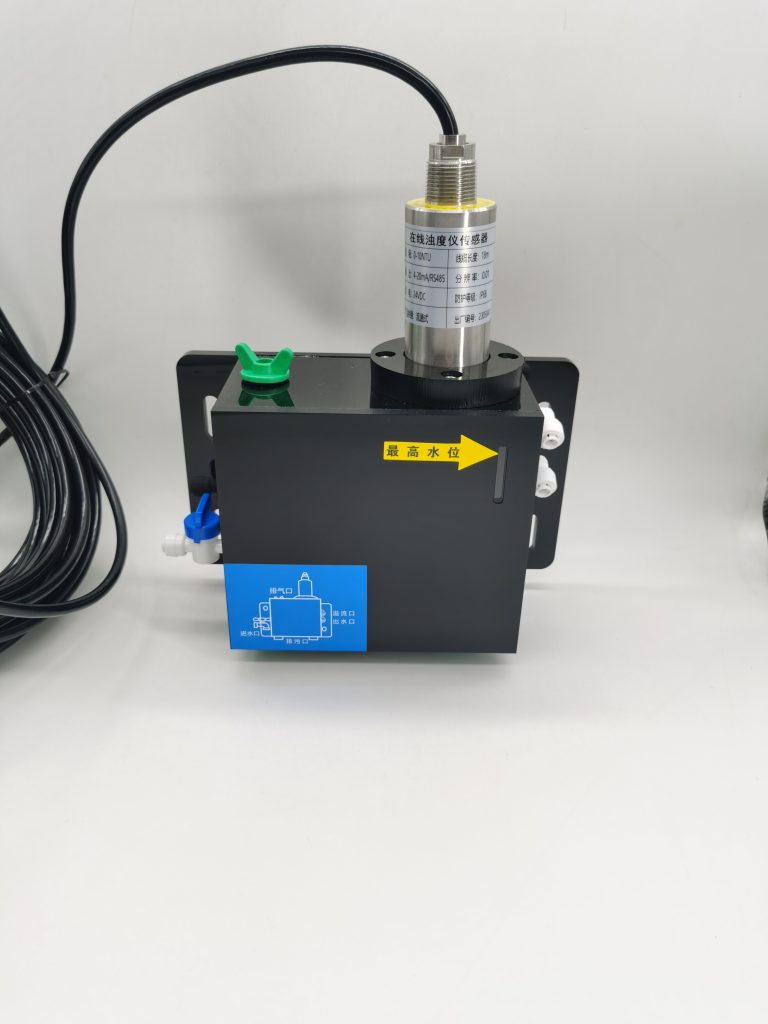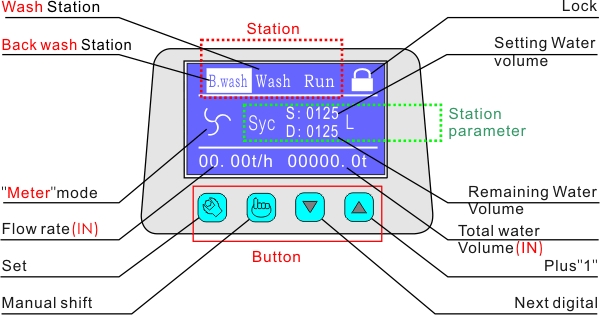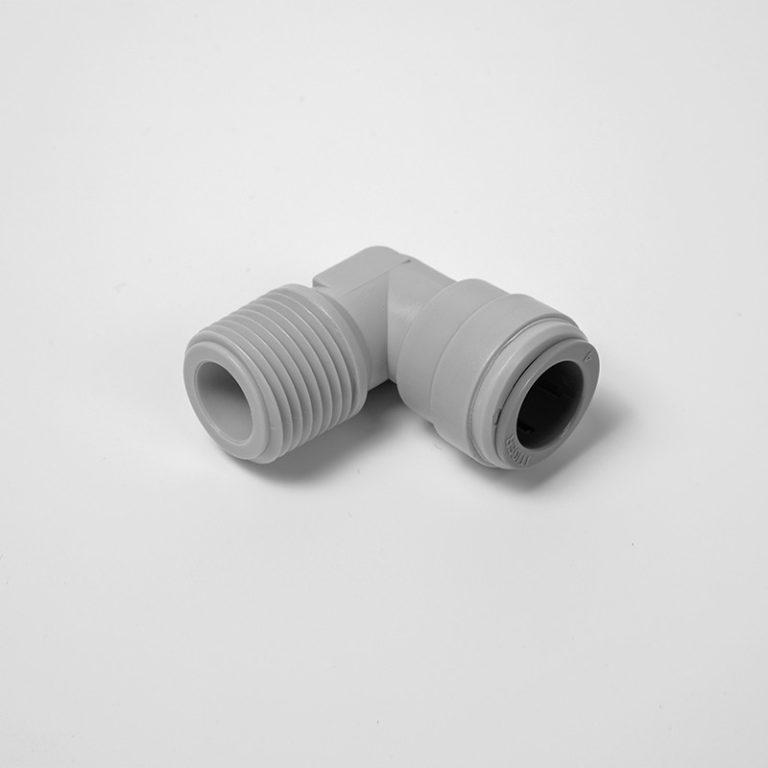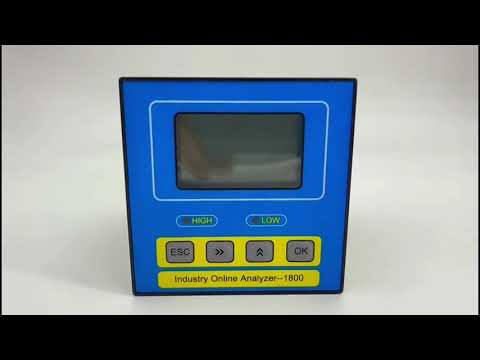“Reverse osmosis: Removing contaminants for pure, clean water.”
Understanding Reverse Osmosis and Its Contaminant Removal Abilities
Reverse osmosis is a water purification process that has gained popularity in recent years due to its ability to remove contaminants from drinking water. But does reverse osmosis really remove all contaminants? Let’s delve into the science behind reverse osmosis and explore its effectiveness in removing various types of contaminants.
Reverse osmosis works by using a semi-permeable membrane to filter out impurities from water. When water is forced through the membrane at high pressure, only pure water molecules are able to pass through, while contaminants such as bacteria, viruses, chemicals, and heavy metals are left behind. This process effectively removes a wide range of contaminants, making reverse osmosis one of the most effective methods of water purification available.
One of the key benefits of reverse osmosis is its ability to remove dissolved solids from water. These solids can include minerals such as calcium, magnesium, and sodium, as well as harmful substances like lead, arsenic, and fluoride. By filtering out these dissolved solids, reverse osmosis can improve the taste and quality of drinking water, making it safer and more enjoyable to consume.

In addition to dissolved solids, reverse osmosis is also effective at removing bacteria and viruses from water. The small pore size of the membrane prevents these microorganisms from passing through, ensuring that the water is free from harmful pathogens. This is especially important in areas where waterborne illnesses are a concern, as reverse osmosis can provide an added layer of protection against contamination.
Chemicals and heavy metals are another group of contaminants that reverse osmosis can effectively remove from water. Substances such as chlorine, pesticides, and industrial pollutants can be filtered out through the membrane, leaving behind clean and pure water. This is particularly beneficial for individuals who are concerned about the presence of these chemicals in their drinking water.
While reverse osmosis is highly effective at removing a wide range of contaminants, it is important to note that some substances may not be completely eliminated through this process. For example, certain volatile organic compounds (VOCs) and pharmaceuticals may be able to pass through the membrane, depending on their molecular size and structure. In these cases, additional treatment methods may be necessary to ensure that the water is free from these contaminants.
It is also worth mentioning that reverse osmosis can remove beneficial minerals from water along with the harmful contaminants. While this may not be a concern for most individuals who receive essential minerals from their diet, some people may choose to remineralize their water after it has been purified through reverse osmosis. This can be done by adding mineral drops or using a remineralization filter to restore the water’s natural balance.
In conclusion, reverse osmosis is a highly effective method of removing contaminants from water. From dissolved solids to bacteria and chemicals, reverse osmosis can provide clean and pure drinking water that is safe for consumption. While it may not remove every single contaminant, it is still one of the most reliable and efficient water purification methods available. By understanding the capabilities of reverse osmosis and its limitations, individuals can make informed decisions about their water treatment needs.







